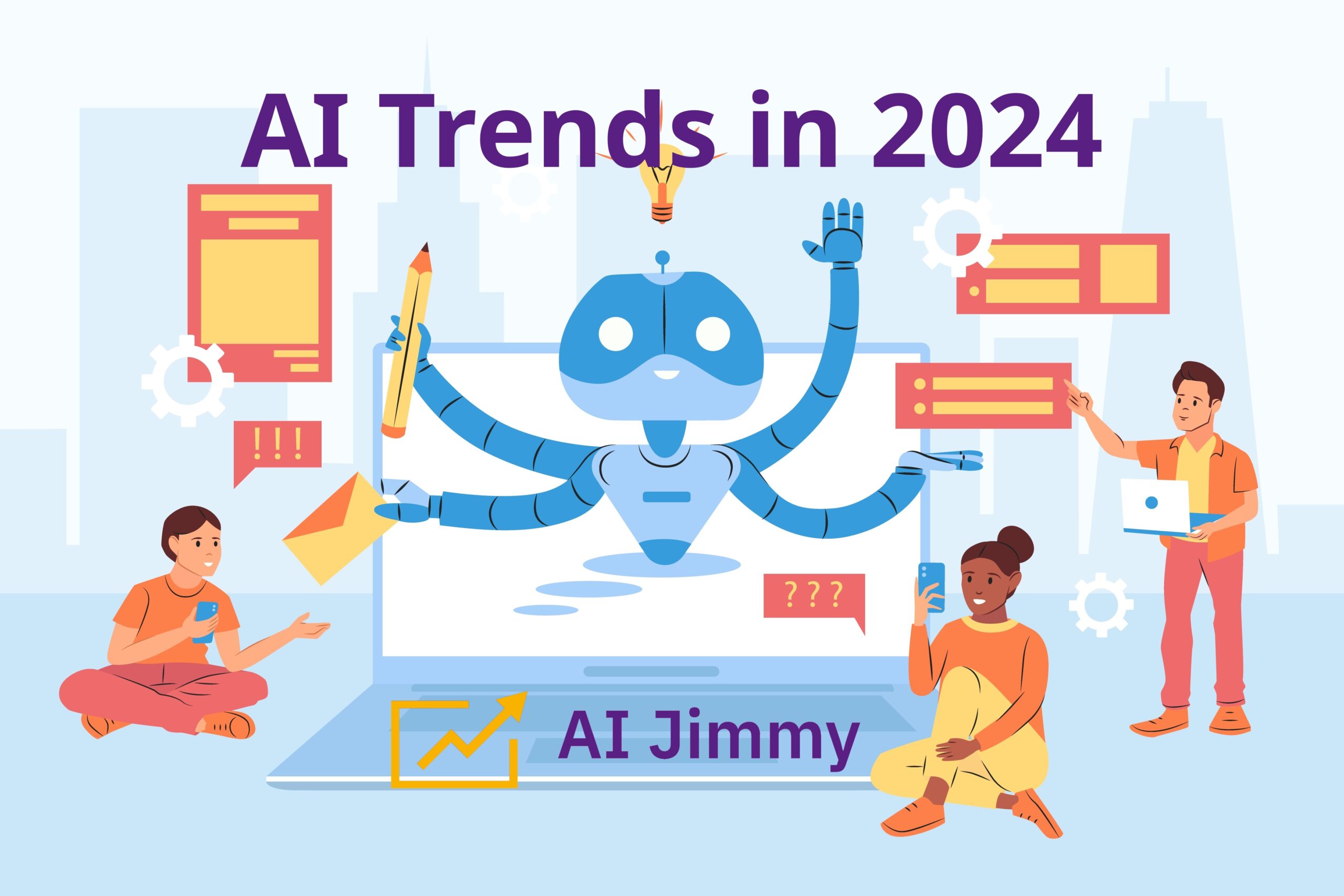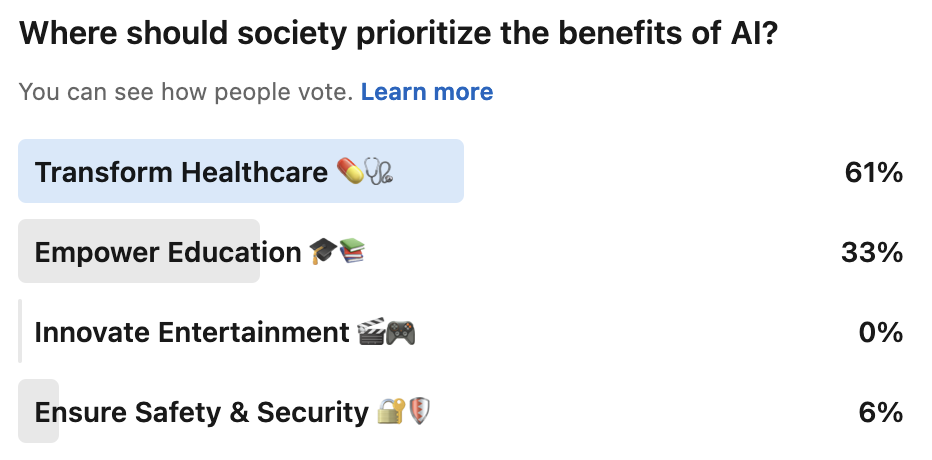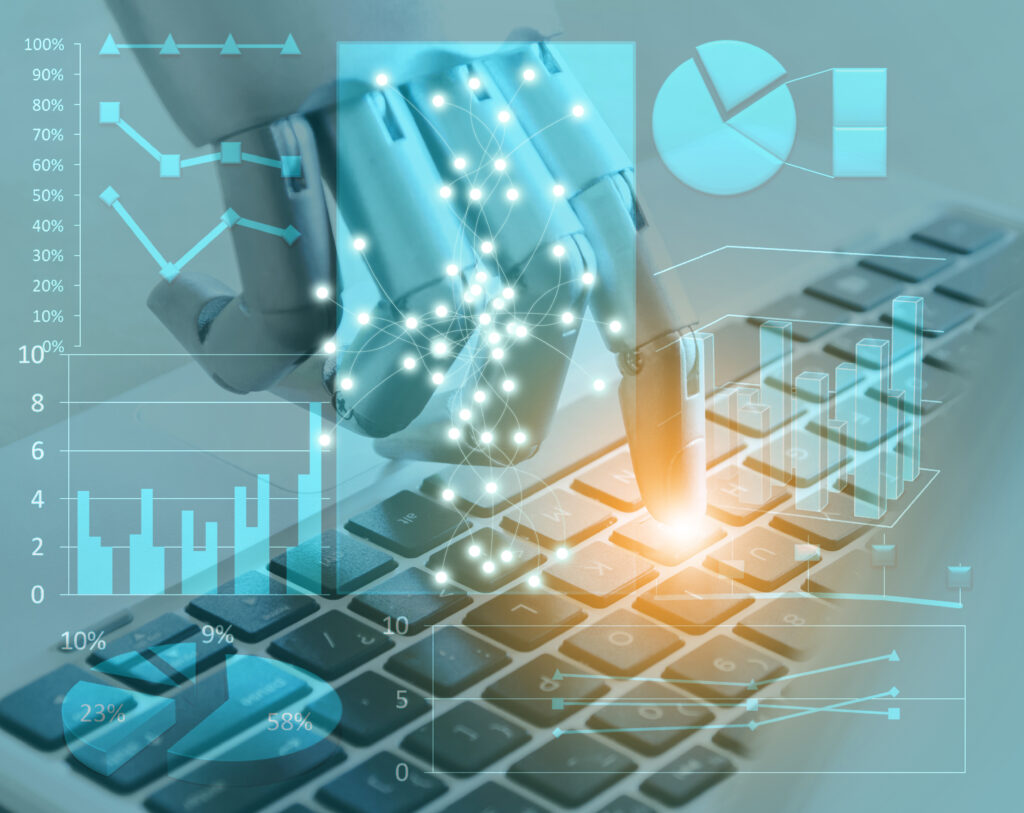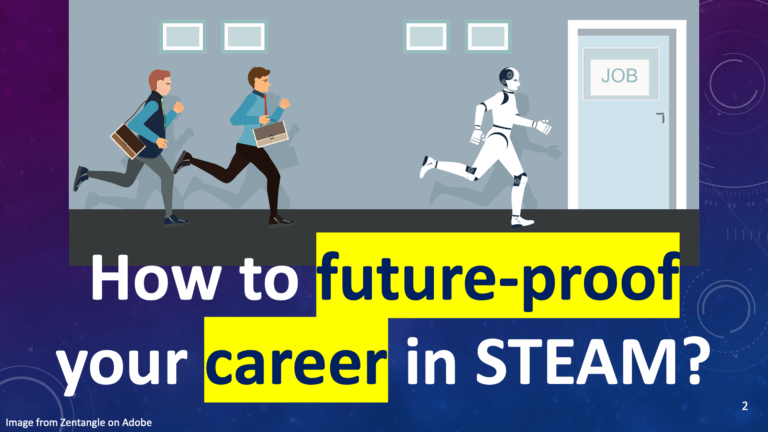Powerful AI Trends in 2024 to Look Out For

With ChatGPT and its chatty and artistic cousins celebrating their 1-year birthdays, what can we expect for AI trends in 2024?
Generative AI systems are growing up rapidly. Society gave birth to these systems like ChatGPT and Bard and Midjourney and Dall-E and Stable Diffusion and others after a period of incubation not too long ago. We all have oohed and aahed at their newborn abilities, which often surpassed our own abilities.
What trends can we expect in 2024 from the emerging capabilities and usage of these AI systems? I propose that we learn lessons from parents of teenagers, as well as from historical tech trends. Today, I will give you my prediction for the upcoming year for generative AI, and also what we should do.
What are the Main AI Trends in 2024?
I’m going to focus on new trends in people’s usage of AI in the upcoming year. We already see ongoing improvements of generative AI like better images, better videos, better code, and better reasoning. Those incremental trends are expected and don’t need further explanation here.
In 2024, I foresee the biggest step change for AI would be for people to start delegating more end-to-end tasks to AI. People will let AI systems interact directly with the world beyond merely generating draft content. Companies like Adept.ai have already developed ways for AI to directly control a standard web browser and take actions in the world. The AI bots can use the web browser to enter data into a Salesforce CRM system, update an online Google spreadsheet, and go shopping online.
Parents know they need to properly prepare before giving a smartphone and car keys to their teenagers. Similarly, people and society need to prepare themselves as AI continues to mature and is granted more abilities to interact with the world. Here are key lessons on what to expect.
1. Lessons from Historical Tech Trends
What can we learn for the future from historical tech trends in the last several thousand years? Here’s a selection of tech trends with lessons we can apply for AI.
 Printing Press with King Edward IV by Daniel Maclise, Public domain, via Wikimedia Commons
Printing Press with King Edward IV by Daniel Maclise, Public domain, via Wikimedia Commons
- Tech for growing physical life: People developed pumps and aqueducts to bring running water to homes and farms. These devices brought water to support essential life requirements, lessening the daily chore of manually fetching water from wells and other sources. Later watermills, windmills, steam engines, and assembly lines enabled even more efficient production of food and other necessities for a growing population. AI and automation that enable survival and healthcare for people will be most beneficial to society, as shown by my LinkedIn poll further below.
- Tech for growing civilization: The printing press ushered in the early information age. Books and newspapers made education more accessible for all. The growth of learning in civilization sparked even more tech advancements. The digital and internet revolution soon followed, enabling the AI systems that we see today. AI systems that connect people to share knowledge, ideas, and stories will provide a compounding benefit to solve societal challenges.
- Tech for growing service economy: We see computers enabling the automation of service functions such as with automated teller machines (ATM) and retail self-checkout kiosks. Electronics, sensors, and data networking all enable more capable and reliable machines. AI would enable machines in the service economy to have even more robust interactions with a wider range of people and scenarios. McKinsey & Company writes “service operations is the only function in which most respondents expect to see a decrease in workforce size” in the next 3 years.
- Tech for growing mobility: Robotics combine multiple technologies to enable automated services in the physical world. Nowadays people can get robotic surgery, hail self-driving taxis, send drones to where people can’t go, and rely on automated spacecraft to ferry people to the space station and to sojourn on Mars. AI-enabled robots provide extra safety and mobility for people.
Overall, people want AI to improve life and health foremost, as per my LinkedIn poll from July 2023. Like previous tech trends to improve physical life with food and water and other essentials, AI investments should likewise prioritize for improving survival and healthcare:
 LinkedIn poll from author in July 2023
LinkedIn poll from author in July 2023
In each of these historical tech examples, people desired beneficial technologies. When additional people learn of the benefits from early adopters, they would want the same tech too.
Teenagers often give parents this justification for requesting video games, smartphones, and cars: “because so-and-so already has it.” If people see others getting benefits from AI, then they would want the same capabilities as well.
In 2024, as early adopters start trending to use AI to automate tasks end-to-end, especially if it enhances life and survival, then more people will soon follow.
2. Lessons from Automation in the Digital Age
Parents entrust teenagers with more privileges as they become more capable and reliable. Similarly, people will entrust AI systems with more privileges as they become more capable and reliable too. People will extend more end-to-end access and “privileges” to AI to act more independently in the world.
Businesses used electronics and networking to transform modest cash registers into sophisticated automated teller machines and self-service retail checkout kiosks. Financial institutions and merchants have learned to trust these capable and reliable machines to interact directly with customers end-to-end without an intermediary bank teller or cashier. These digital machines for business automation can use multiple languages, handle both cash and non-cash transactions accurately, and have a flawless memory.
Early in my career, I also programmed computers for business automation. For some of these processes, I wrote software scripts that simulated keyboard and mouse actions on computers. The automation relieved people from routine tasks like handling paper documents or copy-and-pasting data between different systems. However, it wasn’t straightforward to have programs interact reliably with non-web UI. Software developers nowadays can use Selenium and/or the “mechanize” Python library to easily write programs to automatically control a web browser and take actions end-to-end as if a human.
 Image by sompong_tom on Adobe
Image by sompong_tom on Adobe
Companies have already started to let AI directly control a web browser as the next step in having AI systems perform useful work. The company Adept.ai raised $350M in Series B funding in 2023 for this purpose. They have demos of their AI system taking web-based actions through a standard web browser interface (think Chrome browser extension). These web-based actions include letting the AI fill out database records in Salesforce CRM, update Google spreadsheets, and do online shopping.
Whether through Adept.ai or other companies, I anticipate early adopters in 2024 will start letting AI systems interact directly with the world on end-to-end tasks. This trust goes beyond the basic usage of using AI chatbots for customer support chat, or using AI to generate draft content for people to review. This next trend is to give AI bots their own web browsers to surf the web, post online content, and even make purchases on behalf of the bot owners.
Just like how responsible parents need to be wise to entrust a smartphone and car keys to a teenager, people and society will need to be wise to entrust AI systems with more privileges.
3. Lessons from Parenting Teenage Children
I believe parents have a societal role to teach and model ethics to their children. This responsibility goes beyond teaching academics like reading, writing, and arithmetic. The integrity of civilization is held together by human ethics.
Parents let kids answer the home phone after they’ve first learned language and conversation. Parents then give kids access to a smartphone, car keys, and a credit/debit card when they have shown enough maturity. With these additional privileges, the teenagers can unintentionally hurt themselves and others if misused. Wise parents prepare accordingly with proper guardrails. Similarly it would be wise for society to put up guardrails as we give AI more independence to do things beyond simple customer service chat.
 Image by Freepik
Image by Freepik
Through LLMs, AI systems have learned language skills with reading and writing, as well as reasoning skills including math. LLM is like primary school education for AI bots. Beyond LLMs, we teach AI bots about specialized domains when we train AI bots through fine-tuning and custom GPTs. This specialized training is similar to how we send children to get a college degree in a specific major such as for science, law, medicine, marketing, or art.
With proper education, children learn in school and can eventually support themselves as useful members of the workforce. However, academic capability is not sufficient. Children grow up to become adults who can do either terrific things or terrible things. Parents need to teach and model ethics to their children to become beneficial members of society. AI users need ethics too.
We teach toddlers to draw and emulate what they see. Generative AI also has an immense propensity to emulate great artists and photographers, pixel by pixel. However, law-abiding people in society don’t teach their toddlers to make counterfeit money nor to forge ID cards using their growing art skills. With AI getting better art skills, just because you can, doesn’t mean you should. Prioritization and leadership skills will help people make better choices.
As the trend is for people to give AI more access and privileges to interact with the world in 2024, it becomes paramount to put in appropriate guardrails and ethics for the use of AI.
Summary
2024 will likely be another wild year. I predict AI trends in 2024 will include more early adopters letting AI automate their end-to-end tasks independently. Not just for handling customer support chat, but also to perform more sophisticated business workflows. I could be totally wrong, but we’ve seen this tech trend in the past and we’ll likely see it continue with AI in the future.
In 2024, society will continue to rapidly gain new capabilities through AI. Are we ready yet for our responsible use of AI?
Parents who raise teenage children understand that the teenagers can become very capable: handling money, driving cars, and managing their own schedules. However, parents still know that the children, despite their remarkable newfound abilities, still need time to grow in maturity and wisdom on how to use their newfound abilities responsibly.
Similarly, today we are the teenagers here when it comes to our newfound abilities with AI.
For a better future in 2024, be open about using AI and technologies, guided by the wisdom to use and lead them well. Wisdom doesn’t pop up by itself though. Get wisdom from first-hand life lessons (sometimes painful), and from the experiences of others who have gone forward before us. It’s crucial to have self-awareness and a big picture perspective when we make decisions on these big sweeping changes that come with new AI technologies.
In a future article, I will introduce the “3H Principles for AI” to guide us on our decisions about AI and technology and everything else.
Let’s stay connected to shape society towards a better future for all with AI.
Get tips by email to future-proof your career. Check out Courses for you to learn valuable skills.
Originally published on aijimmy.com. Feature image by macrovector_official on Freepik.










